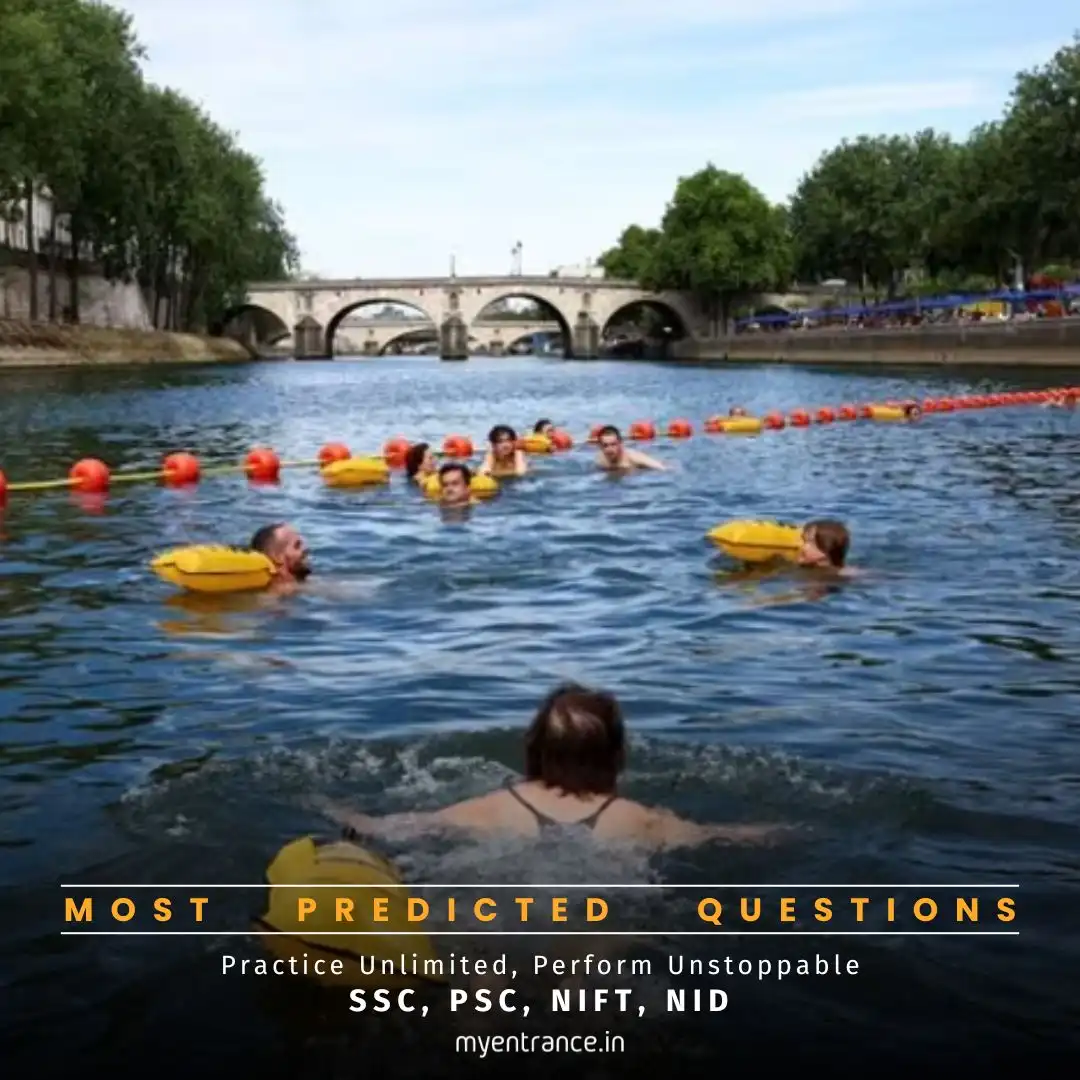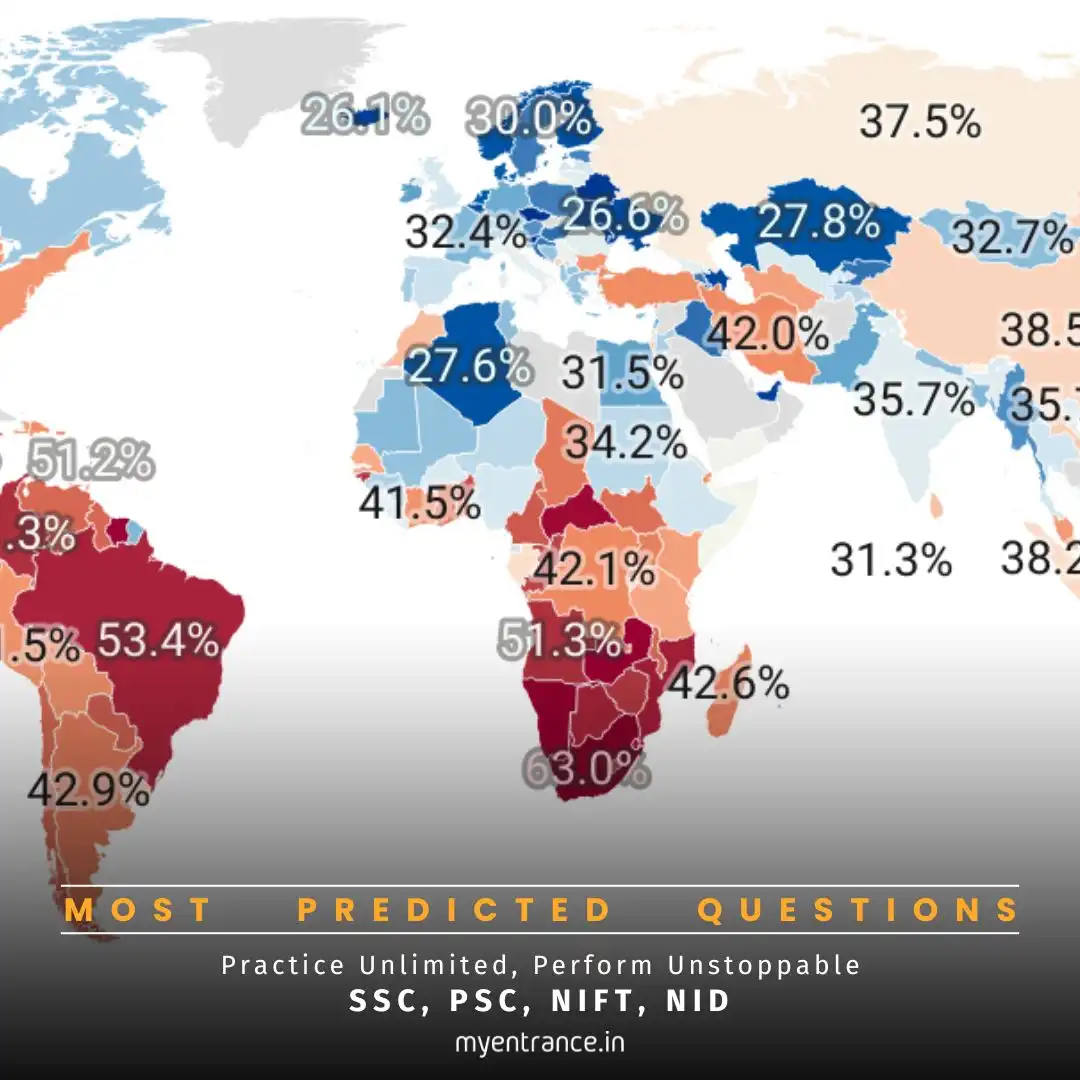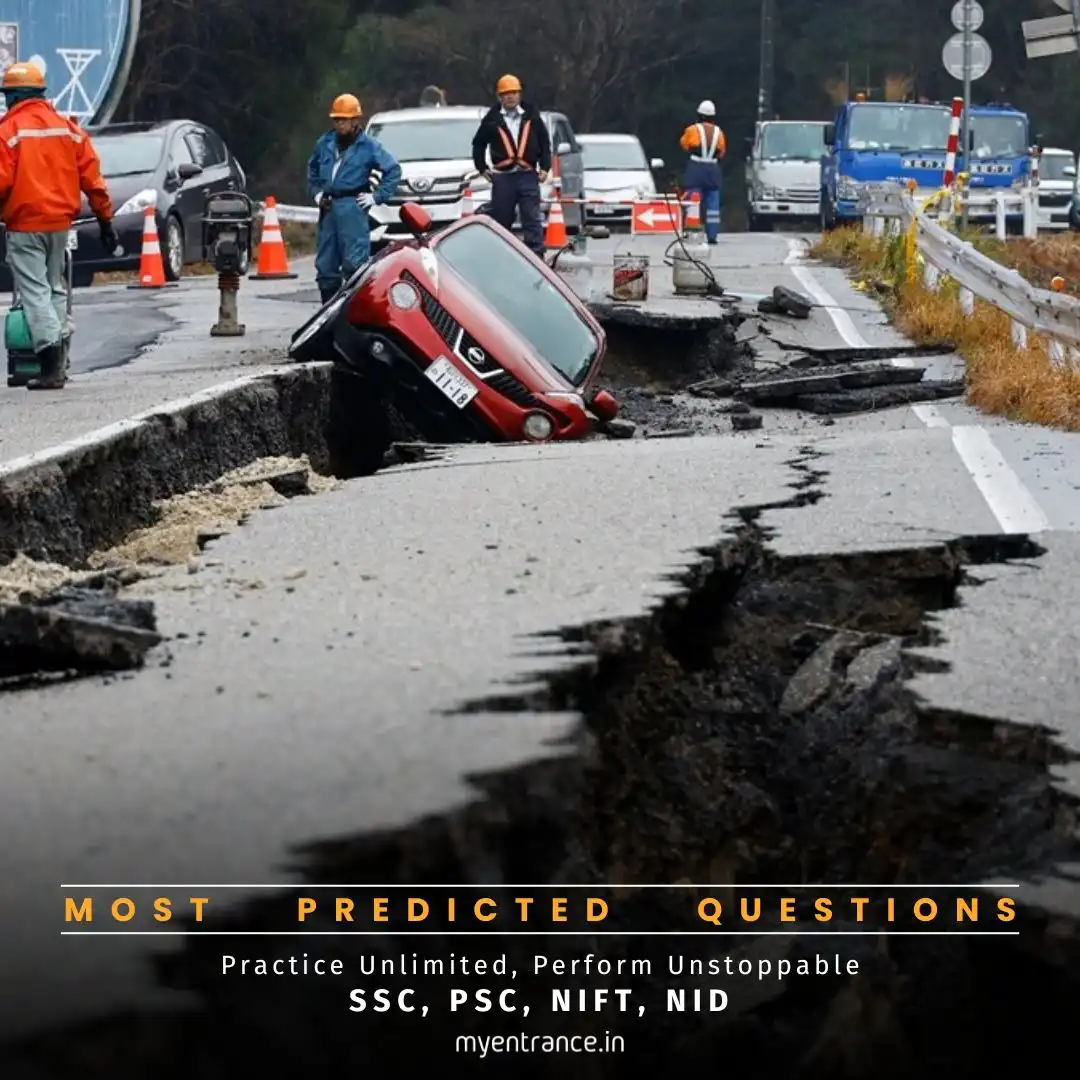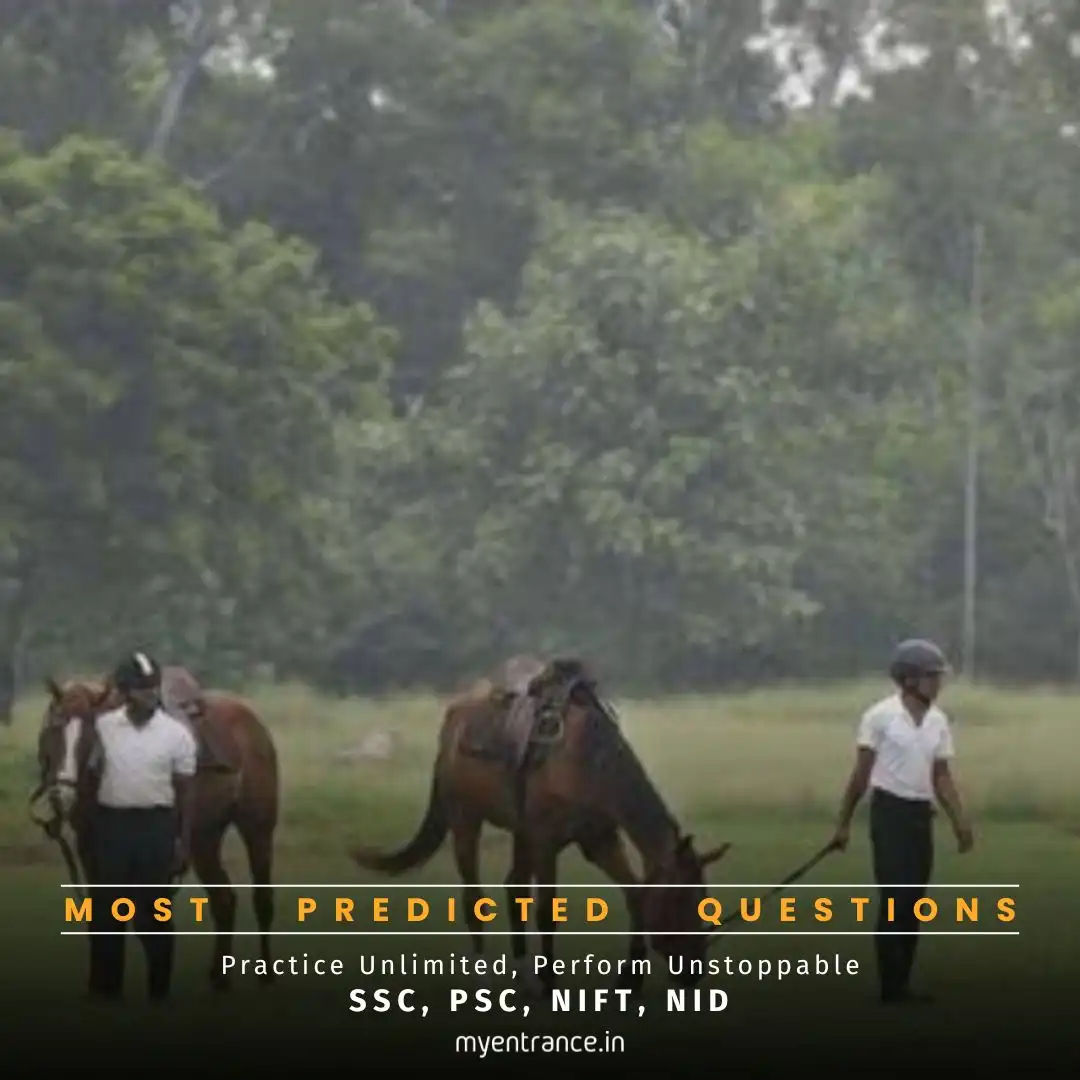Select Language
Is the Seine River Safe to Swim in Again? Paris’s Remarkable Clean-Up Story
For the first time in over 100 years, Parisians can legally swim in the Seine—a river once notorious for pollution. Thanks to a massive clean-up effort tied to the 2024 Olympics, the Seine has undergone a stunning transformation, setting a new standard for urban water management.

Why Is This Important for Exams?
Topics like environmental conservation, urban planning, and sustainable development frequently appear in competitive exams like SSC, PSC, and design entrance tests (NID/NIFT/FDDI). Understanding real-world examples like the Seine’s revival helps in:
Environmental Science sections (water pollution, sewage management).
Current Affairs (global sustainability efforts).
Essay writing & GD topics (urban development, eco-friendly initiatives).
The Seine’s Dirty Past: A Century of Pollution
For decades, the Seine was a toxic mess. Paris’s outdated sewage system mixed rainwater with untreated waste, causing frequent overflows. This dumped raw sewage into the river, spiking E. coli levels and making it unsafe for humans and aquatic life. By 1923, swimming was banned—a rule that lasted 101 years.
What Caused the Pollution?
Combined Sewer System: Rainwater and sewage shared the same pipes, overwhelming treatment plants during storms.
Overflow Discharges: Excess wastewater bypassed treatment, flowing straight into the Seine.
Legacy Infrastructure: Aging systems couldn’t handle modern demands, harming ecosystems.
The Billion-Dollar Clean-Up for the 2024 Olympics
Paris launched a massive infrastructure overhaul to revive the Seine, including:
A giant underground storage tank to hold stormwater and prevent overflows.
Upgraded wastewater treatment plants and expanded sewer connections.
Rigorous water testing to ensure safe swimming conditions.
Seine’s New Role: Olympic Venue & Public Swimming Spots
Despite some rain-related challenges, the Seine hosted Olympic swimming events in 2024. Post-Games, three public swimming zones opened, allowing over 1,000 swimmers daily in summer. Continuous monitoring keeps the water safe, marking a historic environmental win.
Why This Matters for Cities Worldwide
The Seine’s revival proves that polluted urban rivers can be restored with:
Smart infrastructure investments.
Sustainable urban planning.
Global awareness of water conservation.
It’s a blueprint for cities battling similar pollution crises.
Sample Exam Questions & Answers
Q1: Why was swimming in the Seine banned for over a century?
A: Due to high E. coli levels from untreated sewage overflows, making the water hazardous.
Q2: What major event triggered the Seine’s clean-up?
A: The 2024 Paris Olympics, which required safe water for swimming events.
Q3: Name one key infrastructure project that reduced Seine pollution.
A: A massive underground stormwater storage tank to prevent sewer overflows.
Q4: How does the Seine’s revival impact urban sustainability?
A: It shows how modern infrastructure can restore polluted waterways, benefiting ecology and public health.
Q5: What exams might include questions about the Seine’s clean-up?
A: SSC, PSC, NID, NIFT, FDDI, and other exams covering environmental science or current affairs.
Get 3 Months Free Access for SSC, PSC, NIFT & NID
Boost your exam prep!
Use offer code WELCOME28 to get 3 months free subscription. Start preparing today!















